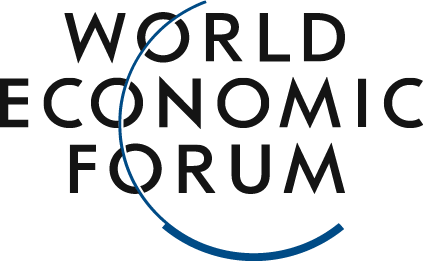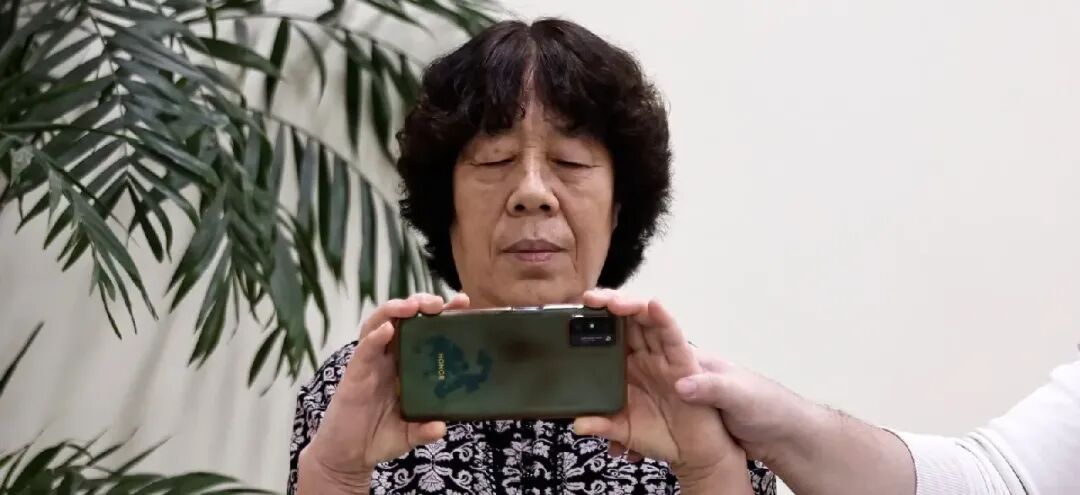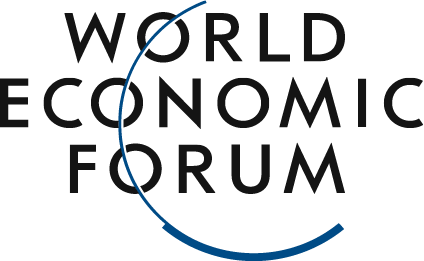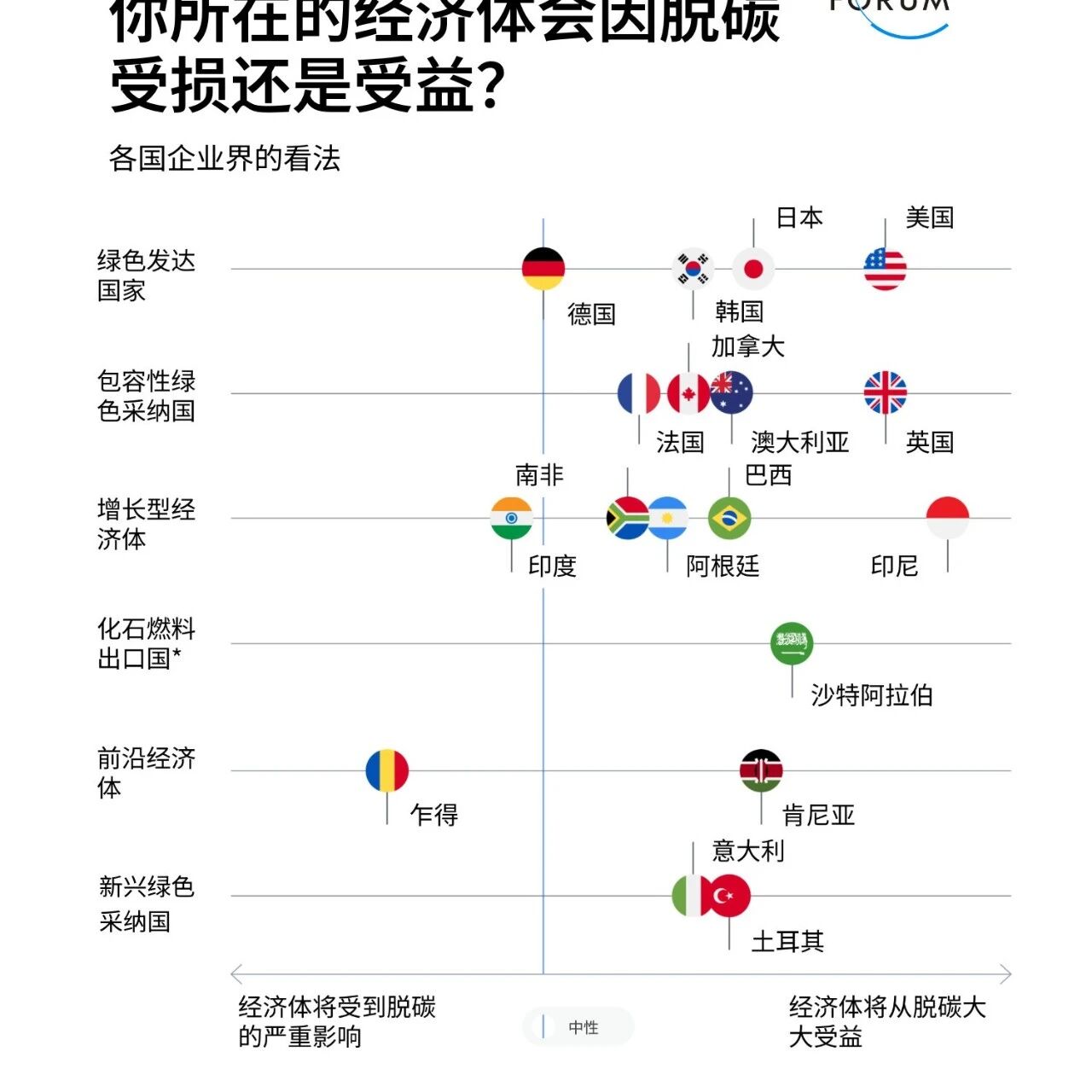Vision loss disproportionately affects people in the Asia-Pacific region—but this issue is often preventable.
Image source:Reuters/Tingshu Wang
Ahmed Elhusseiny
Head of Roche Pharmaceuticals, Asia Pacific
Vision impairment affects 2.2 billion people worldwide, with the Asia-Pacific region bearing a particularly heavy burden.
Nearly two-thirds of people with moderate to severe visual impairment live in East Asia, South Asia, and Central Asia.
It is estimated that 90% of vision impairments are either treatable or preventable, underscoring the urgent need for action to safeguard eyesight and ensure economic prosperity.
Vision is the foundation of how we interact with and navigate the world, yet millions of people worldwide still lack access to basic eye care services. The 2021 United Nations "Vision for All" resolution marked a significant milestone in global health, recognizing that improving eye care can deliver substantial benefits for education, poverty reduction, and economic growth. The resolution sets a bold goal: achieving universal access to vision care by 2030, while urging member states to develop and implement comprehensive national eye care plans.This call to action is particularly urgent in the Asia-Pacific region, where the burden of poor eye health is especially heavy. Although the Asia-Pacific region accounts for 51% of the global population, nearly two-thirds of people living with moderate to severe visual impairment reside in East Asia, South Asia, and Central Asia. These disparities underscore the critical need for targeted interventions.Vision Loss in the Asia-Pacific Region: A Preventable CrisisThe situation in the Asia-Pacific region is further complicated by two key factors. First, the region is one of the fastest-aging areas in the world; by 2050, it’s projected that 1.3 billion people will be over the age of 60. Meanwhile, the risk of vision loss rises significantly with age, making this demographic shift a major challenge. Second, approximately 227 million people in the region currently live with type 2 diabetes—a leading risk factor for vision impairment.In addition to profoundly impacting individuals' quality of life, vision loss also carries significant economic consequences. It is estimated that in 2020, global economic productivity declined by $410.9 billion due to reduced employment among people with vision impairment.Given the scale of vision loss and the disproportionate burden it places on the Asia-Pacific region, coupled with the fact that 90% of visual impairments are either treatable or preventable, it’s clear why the region should prioritize achieving the 2030 Vision for All goal.Today, millions of people lack access to eye care services, and health systems are grappling with the significant challenge of caring for an aging population—this is precisely why a multi-pronged approach is essential. Here are five priorities for delivering eye care to everyone by 2030.Vision loss is often treatable—but people must access the right healthcare.
Image source:International Agency for the Prevention of Blindness
Five Key Priorities for Achieving Universal Eye Care Services by 20301. Raise awareness: Aging doesn’t necessarily mean losing your vision.Vision loss doesn’t have to be seen as a natural part of aging. Raising awareness about the preventable and treatable nature of vision loss, and educating the public on proper eye care, is crucial. Diabetic retinopathy is one of the leading causes of vision impairment worldwide, making it especially important for people with diabetes to stay informed. Empowering individuals to take control of their eye health not only helps preserve sight but also eases the burden on our healthcare system.2. Prioritize patient-centered healthcare services, ease the burden of treatment, and enhance access to medical care.Treatment for eye diseases is only effective when it reaches the patients who need it most. Complex outpatient visits and intricate procedures often pose significant barriers to care, affecting both patients and caregivers—especially those from rural areas or with limited resources. By leveraging innovative drugs and technologies, we can minimize the frequency and complexity of visits, alleviating stress on patients, caregivers, and healthcare systems alike. Ultimately, this approach strengthens treatment capabilities while improving access to care for everyone.3. Addressing the workforce shortage by training the next generation of eye care specialistsThe healthcare system is already struggling to meet the demand for eye care, a challenge that will only worsen as the population ages. While innovative treatments can make a difference, strengthening the eye care workforce is absolutely critical. We must inspire future generations to pursue careers in eye care. A clear opportunity lies in increasing women’s involvement in leadership roles within eye care management. Globally, women currently account for just 25–30% of practicing ophthalmologists, with even lower representation in leadership positions and surgical specialties. Initiatives like the Malaysian Women in Ophthalmology Forum serve as excellent examples of how to build a stronger, more gender-inclusive workforce.4. Investing in Comprehensive Eye Health Data CollectionReal-world evidence provides critical insights into how patients manage eye conditions, as well as the impact of treatments and care. The Asia-Pacific region boasts a diverse demographic landscape, yet data gaps remain particularly concerning. We urgently need comprehensive eye health data that accurately reflect the challenges faced by people from all communities and socioeconomic backgrounds in their everyday lives—and that also highlight the disproportionate burden of eye diseases on women. By investing in robust, inclusive eye health data collection, we can gain a clearer understanding of the region’s eye health needs, paving the way for better policy decisions, more effective resource allocation, and equitable access to healthcare services.5. Recognizing the value of collaborationTo achieve the ambitious goal of ensuring vision for all by 2030, we must break down siloed approaches and usher in a new era of collaboration across public and private sectors, academia, and non-governmental organizations. Public-private partnerships, such as the decade-long collaboration between Roche and the Singapore Eye Research Institute (SERI) to develop a groundbreaking therapy that could restore sight, serve as a prime example of how these partnerships are critical in accelerating innovation in treatments and care.Dedicated to innovation in eye care for the Asia-Pacific regionOn the third anniversary of the United Nations' "Vision for All by 2030" resolution, we celebrate the progress made—but we also recognize that vision loss continues to pose a significant threat to millions across the Asia-Pacific region. This is a preventable crisis that demands immediate action.The pharmaceutical industry bears a significant responsibility in developing treatments that restore vision and forging partnerships to ensure equitable access to eye care. However, achieving this goal requires a unified approach, with patients, governments, and research institutions all playing a vital role in this multi-stakeholder effort. Increasing investment in accessible eye care programs is critical—this includes leveraging cutting-edge technologies and prioritizing eye health within national healthcare budgets.As we continue to move forward, the combined expertise and strengths of our global community are essential in creating an environment where comprehensive eye care and innovative treatments become the norm—rather than the exception. Every step we take toward our 2030 vision of "Vision for All" brings us closer to a future where everyone in our region has access to the eye care they need. By working together, we can significantly improve quality of life through better vision, driving transformative progress in healthcare—both today and for generations to come.
The above content solely represents the author's personal views.This article is translated from the World Economic Forum's Agenda blog; the Chinese version is for reference purposes only.Feel free to share this on WeChat Moments; please leave a comment below the post if you’d like to republish.
Editor: Wang Can
The World Economic Forum is an independent and neutral platform dedicated to bringing together diverse perspectives to discuss critical global, regional, and industry-specific issues.
Follow us on Weibo, WeChat Video Channels, Douyin, and Xiaohongshu!
"World Economic Forum"






